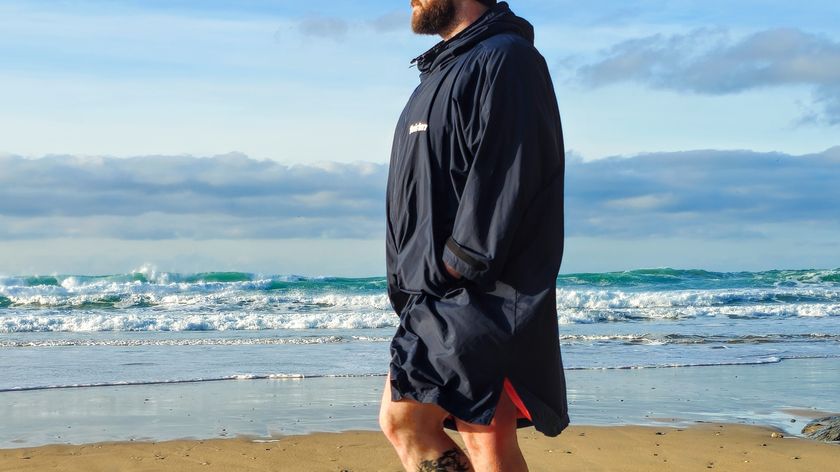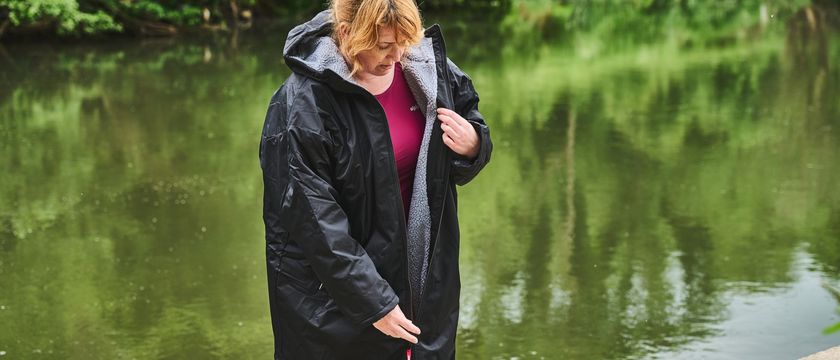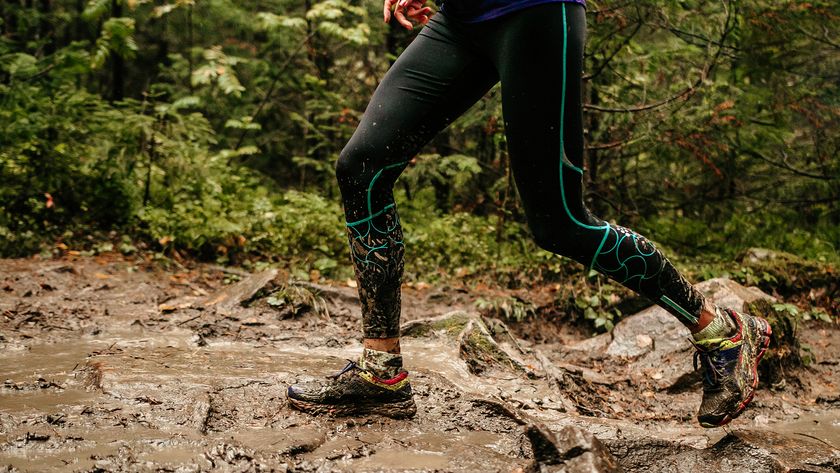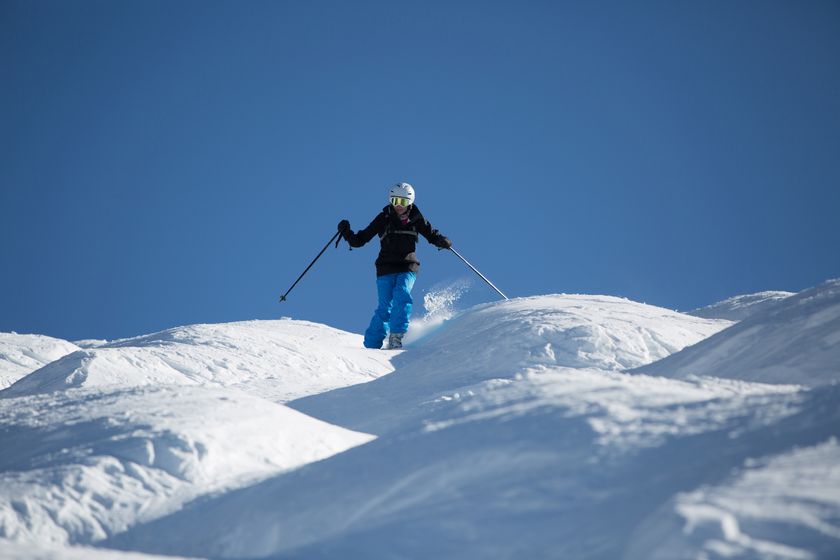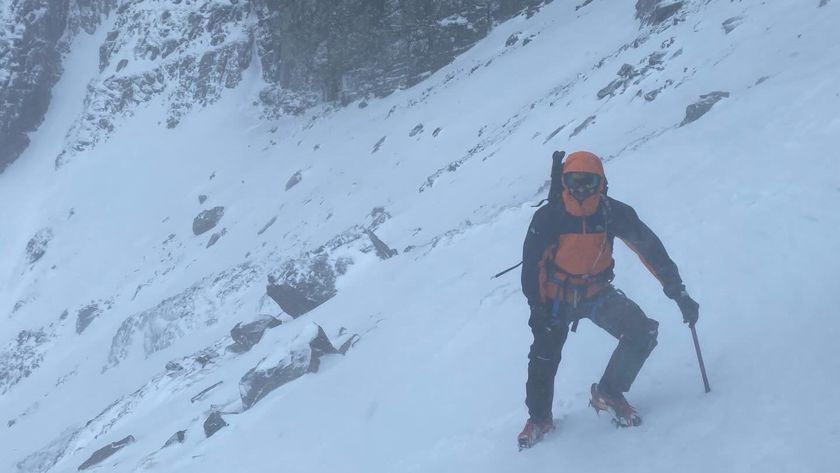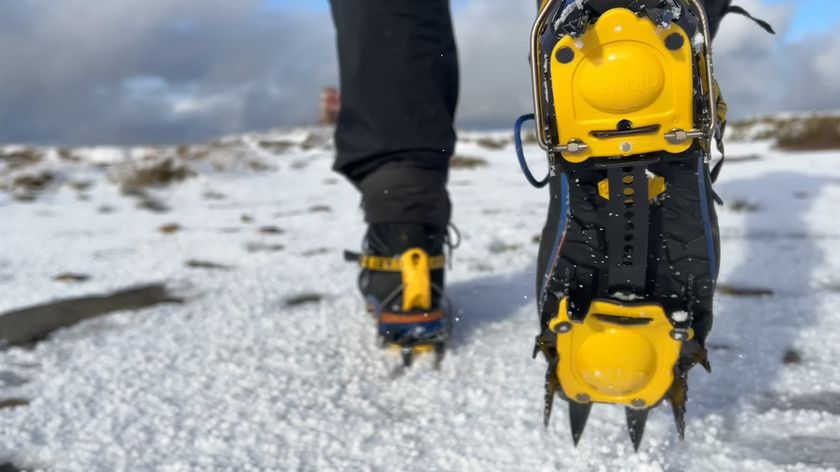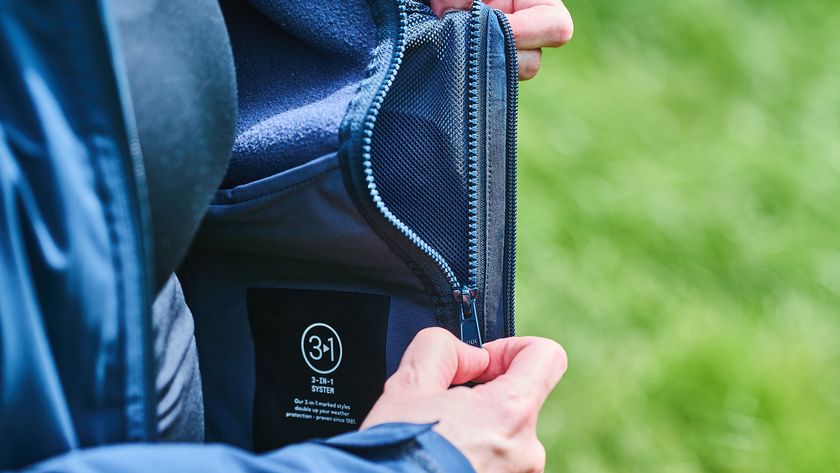How to use the best fishing landing nets
Landing nets are very important in any angler’s equipment. There are many varieties, each designed with a specific use.
Welcome to Advnture, the new home of AnglersMail.co.uk
When choosing a landing net for the species you intend to catch, the two of the most important things to consider are the size of the net mesh and also the size of the actual net.
Here’s a close look at the key types of landing net, plus some top tips when it comes to using them.
Carp nets
These nets normally consist of a spreader block where you put one arm into the spreader and then put the other arm (under tension) into the other side. This gives you a bow shape net to the arms with a draw cord attaching the two arms at the front. These nets come in various sizes from 32 to 50 inch arms.
The smaller 32 inch size with the right mesh would make a good-sized barbel, chub and tench net, a 36 inch net is a good all-rounder, whereas the 42 inch and 50 inch sizes are ideal for larger specimens such as carp and pike.
The advantage of this type of net is that they break down to a very small size that rolls up and easily fits into the pocket of a quiver or rod bag.
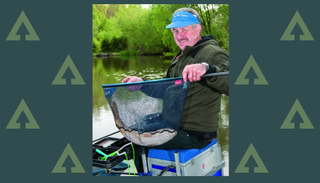
Fish-friendly rubber nets
Rubber nets are a fairly recent innovation. They are basically a mesh net coated in latex material. The mesh does not absorb water – you can give it a quick shake and it’ll be dry, eliminating any smell in the car after use. More importantly, they are more friendly for fish than standard nets.
Advnture Newsletter
All the latest inspiration, tips and guides to help you plan your next Advnture!

River specimen nets
If your quarry is river barbel, carp or pike then these large spoon landing nets are very handy.
The drawback of the large spoons is that they do not collapse down, making them a bit awkward to transport. Quite often it is easier to attach the net to the handle and put the complete set-up in a quiver over your shoulder. Alternatively, if it is not too big, you could slide it in between a folded-up chair or clip it in a ‘D’ ring attached to your rucksack.
The advantage of the big spoons is that they are easily pushed through weed thanks to their rigid frame – perfect should a hooked fish swim in weed.
In my opinion, the ideal mesh size for barbel and carp nets would be no bigger than 15 mm – larger mesh sizes can cause irreparable damage to the delicate dorsal fins of these species.
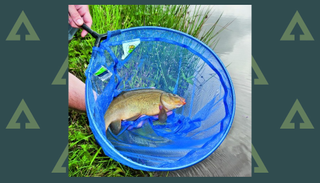
Soft micromesh nets
These nets are really designed for silver fish as they tend to be a lot smaller and lighter. They are especially good for roach, bream and tench. The mesh is very fine which is very kind on the fish, but they would not be very good on the river due to the fine mesh, which causes increased drag in the fast flowing water. They are ideal for lakes, canals and slow flowing rivers.
Top landing net tips
Net float
This little product slides onto the landing net handle and is pushed up to the spreader block. Being made of a buoyant material, when you put your landing net in the water prior to landing a fish, it stops the handle from sinking and makes the net easier to manoeuvre with one hand.
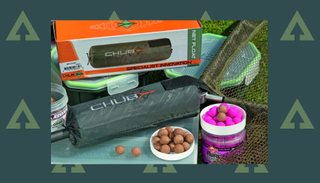
Don't forget the handle!
One thing to remember when purchasing a net is that you will also need a handle to match its purpose! Large 42 or 50 inch nets must have a heavy-duty handle to go with them. A 16 inch lightweight silver fish net would be ideal with a carbon extending landing net pole.
And finally... netting technique!
Remember to draw the net back though the water with the fish in it, and DO NOT lift straight up out of the water once you have netted your fish. Hold the frame of the net to support the weight of the fish – this will save you breaking the net and/or the pole!
